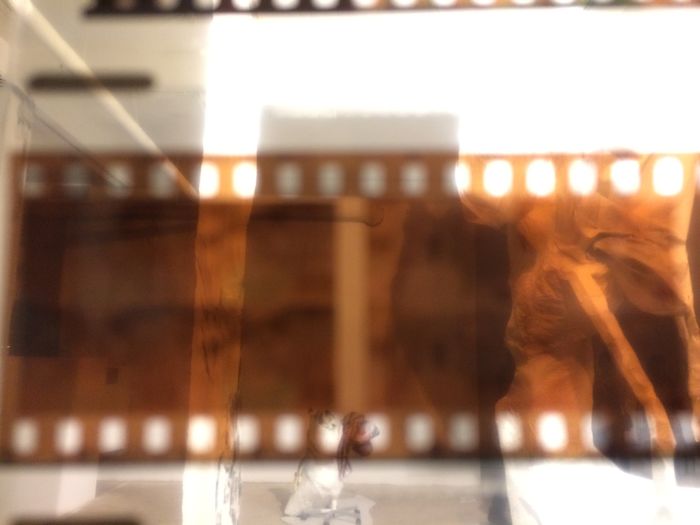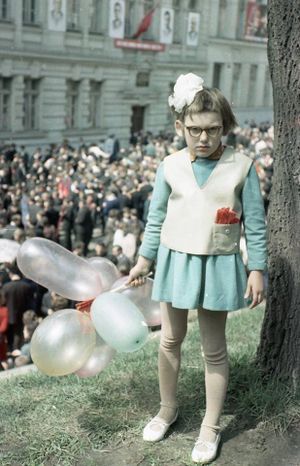Method of being FAKE, H.M.: Difference between revisions
No edit summary |
No edit summary |
||
| Line 47: | Line 47: | ||
I'm nothing less, but a curious child. | I'm nothing less, but a curious child. | ||
I'm what you call when you need | I'm what you call when you need | ||
I'm patient, as Őpen harms telling the truth | I'm patient, as Őpen harms telling the truth | ||
| Line 54: | Line 55: | ||
Ahram a'ram .---elecricity. | Ahram a'ram .---elecricity. | ||
I'm dreaming while being awake,, not justice. | I'm dreaming while being awake,, not justice. | ||
[[File:RESPECT.jpg|thumbnail|center|East looking into West]] | [[File:RESPECT.jpg|thumbnail|center|East looking into West]] | ||
Revision as of 20:56, 19 May 2018
Steve notes: who are you? what do you make? why do you want to make it? do you want to keep the answer to these questions secret? Do you want to answer them indirectly?
H notes: later in text, above the picture, in a poem form But understandable way, i guess, im sharing the nonexisting reality of creating methods--asWe know, there is nothing new under the Sun--
‿ʘ‿
Meth
od
of
bein
g F
ake
followed by the institution of ibuprofen
My practice helps to structure a technique of a disciplined mechanism,
to plan and design a procedure and find the logic form of patterns in my routine.
I used eleven synonyms of "method" to create one sentence, which reflects on the abstraction of my working/creating/living method.
In the meaning of repeating patterns, exploring depth knowledge or creating mistakes in my relationship. I know from my youth that I always have been fast enough to make links and recognize patterns in several situations, few of them might turn out to be a pure fantasy though.
To keep my mind floating, but not blowing away during my creating process I figured it out, somewhere of the beginning of my puberty years, that I like to follow the master of realism, K. Stanislavsky. Who already invented one of his "method" — a process in which you immerse yourself in a character as much as possible — an acting
philosophy/technique/aesthetic, it's affirmation of Freudian psychology, and it focuses on adolescent rebellion and quickly became a natural dramatic expression in the early 20', mostly in America and Western countries and Russia.
Few elements of his method, which makes me feel comfortable in my interdisciplinary self-expression. The "Magic If", just ask the question "What would I do if I were in this situation?" and the point is coming when you are able to answer it. "Re-education" Stanislavsky compelled actors to find ways to exhibit true-to-life human nature, while still being able to project loudly enough for a favorite to hear. My favorite part, "Observation", means you carefully study and observe others and situations, focusing on several aspects. To see their physical traits as much as their personalities. Then you'll see clearly that every person is unique, not really original, but at least unique. The most boring part, "Motivation", this is the hard work for me, to find and keep the energy to ask and answer the "why". There is one more element, "Emotional memory", is a technique where the actor uses an emotion they once felt and applies it to how the character is feeling on the assumption it is applicable, for example, if the character has just been left out by someone, the actor would think back to where in their life felt left out, thus allowing them to connect to the character and to the emotions the character is feeling.
However, emotion memory although effective needs to be controlled or an actor could lose themselves in their own emotions when they are supposed to be feeling the characters this taking away the actual acting and it becomes self-indulgence for the actor as acting is essentially lying. As an actor, you can example found emotion memory to be effective when playing Anya (mother in hun)[1] in the Cherry Orchard by Anton Chekhov[2] as the section Anya feels sorry for her mother, the pity essence being something you felt before so you could use this when playing the character and this way your performance is more believable. In comparison to the other Stanislavsky techniques I'm talking about, I would consider this technique 3rd useful out of all the others.
Harvesting my own method trough Stanislavsky, the conclusion about my loved ideology — as an artist I don't have to do anything else, but follow my true target — indeed there are not too many ideologies we could follow, I mean in two thousand eighteen, we are living the generation of sceptics and skepticism again. Without opening a moral discussion about it, not questioning the goods or the bads of being superstitious "A healthy skepticism while in a car dealership will keep you from buying a lemon'. An unhealthy skepticism might prevent you from obtaining a reliable means of transport." Bill Shipley
So far my true target, to break down the labels I ever created, to be fake and understand the confusion I'm creating right now.
There is something loyal in the view of a point of absurd and grotesque world literature, as Kafka, Camus, Ionesco, Mrožek, Örkény István or H.Arendt saw it. Even, if the last author isn't considered as an absurd writer, she is from the exact same period as Örkény for example. These thinkers stepped out of the expectations and turned their own survival existentialism into masterpieces. As we see now, they were enough brave and fragile to stop and start the metronome of their own lives, to create awareness of being scared and fight against creating conscious fears.
The actual government used the all-time winner, let's make ppl. scared, then it's easier to manipulate them, all these creators were able to see behind of it. To control people trough make them addicted by-products, which are highly controlled by capitalism, that's the situation I'm observing here in The Netherlands and try to look behind it.
I consider, that few of studies/experiments based on cognitive behavior researchers, like "RAT PARK[3]" are the fundaments of our consuming based addicted society. Holland was the second country, after Swiss Confederation, who actually used this experiments on humans. Beating heroin addiction with heroin. Heroin users who want to participate in the free heroin program have to show that there's no clear indication that they are ever going to be clean if they kept on going down the same road. The men — nearly all of them are men — must be able to indicate that they’ve been addicts for a long time, and have attempted to quit their drug abuse numerous times. And they have to be over 30. If all those boxes are checked, then they can go to their local health service at strictly scheduled times to get high and go on with their day. About this specific experiment, you can read more in a "Vice"[4] article, based on the experiences of users in Netherland, as "Only in the Netherlands Do Addicts Complain About Free Government Heroin" [5]
Stuard McMillen created an online comic, titled "Rat Park drug Experiment"[6] to illustrate Bruce K. Alexander's research in an easily understandable form, toward a more nuanced understanding of drugs and addiction.
In this case, I would like to lead your attention to how "my routines are becoming addictions and addictions own methods". Just like I enjoy the duction of my eyes before sleeping, I'm rotating with my eyeballs, like a chameleon or a dragon and that calms my eyes down, and my unconditioned response that my body is ready to chill. Obviously, I'm too stubborn to regret that the Pavlovian conditioning works on me in a mental dimension, so every now and then I'm playing games with myself, as creating a bug in the system, so much fun. Example, I rotate with my eyeballs in the mornings, before eating, or before working and then I'm almost sleeping during these acts. I'm also challenging myself with nonsleeping, once I managed to not sleep for four nights (I got six hours sleeping during four nights, means one and half hours/night) and then the duction of my eyes helped a lot to stop seeing pink and light purple instead of yellow color. Basically, I like to give the freedom of my mind and my body to play with my already working methods, and that's how I keep going and creating.
I'm nothing less, but a curious child.
I'm what you call when you need
I'm patient, as Őpen harms telling the truth
I'm fiber and iron BUT in YA packet
I'm fast, really fast.
I'm ahham. .ahm haaam mahnaam anamma nam ha mnahaaanmennahm ohnit
Ahram a'ram .---elecricity.
I'm dreaming while being awake,, not justice.
Missing points:
my own position, opinion, description of my work...
-my works at pzi with links
-turn the text into my future plans, as research on trauma/victim roles in visual art
Inspirations: David Lynch's strong/real characters
my future work: a short film about letting to go the dark suffering
tech.question?????
how do I indicate the difference between external links, notes, references? I have no clue
notes,external links,and readings
- Alexander, B.K. (1987) "The disease and adaptive models of addiction: A framework evaluation," Journal of Drug Issues 17, pp. 47–66.
- Goldstein, A. Molecular and Cellular Aspects of the Drug Addictions. Springer-Verlag, 1990. ISBN 0-387-96827-X
- ↑ https://translate.google.com/#en/hu/mother
- ↑ Russian playwright and short-story writer, who is considered to be among the greatest writers of short fiction in history. His career as a playwright produced four classics, and his best short stories are held in high esteem by writers and critics.
- ↑ https://en.wikipedia.org/wiki/Rat_Park
- ↑ A digital media and broadcasting company. Original reporting and documentaries on everything that matters in the world.
- ↑ https://news.vice.com/article/only-in-the-netherlands-do-addicts-complain-about-free-government-heroin
- ↑ http://www.stuartmcmillen.com/comic/rat-park/#page-1


